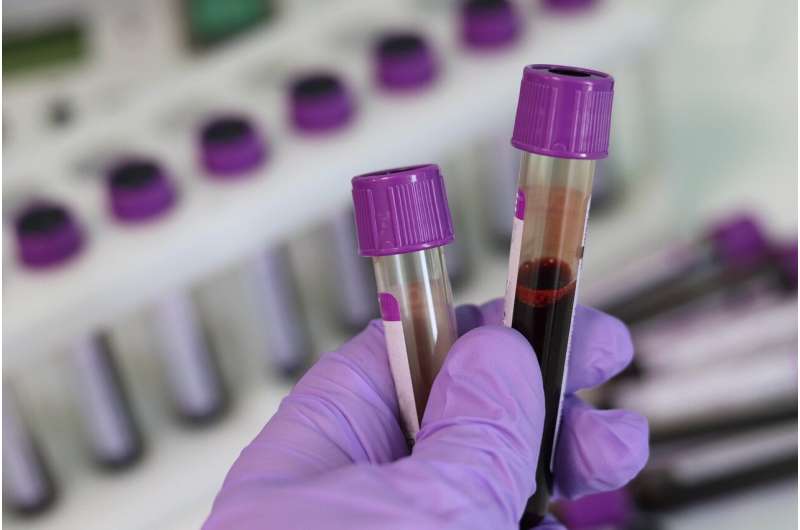Innovative Blood Test Accelerates Diagnosis of Thousands of Rare Genetic Disorders

A new innovative blood test offers rapid and minimally invasive diagnosis for thousands of rare genetic diseases, promising faster treatment and better outcomes for patients worldwide.
A groundbreaking blood-based testing approach is poised to revolutionize the diagnosis process for rare genetic diseases, particularly in infants and children. Presented at the European Society of Human Genetics annual conference, this new method enables rapid and minimally invasive detection of thousands of genetic conditions, significantly reducing diagnostic times and uncertainty for affected families.
Although rare genetic disorders are individually uncommon, collectively, they impact over 300 million people worldwide through more than 7,000 identified diseases caused by mutations in over 5,000 genes. Traditional diagnostic methods are often slow, targeted, and sometimes insensitive, leading to years or even decades of inconclusive testing, invasive procedures, and emotional distress.
Dr. Daniella Hock from the University of Melbourne introduced her team’s innovative technique that analyzes a broad spectrum of proteins present in blood. Unlike conventional genetic tests that sequence DNA, this proteomic approach examines the proteins produced by genes, offering insights into how genetic variations influence disease development. The test can identify multiple potential diseases at once and even uncover new syndromes by providing evidence of genetic mutation effects.
The procedure is quick, requiring only 1 milliliter of blood from infants, with results available within three days—particularly advantageous in acute care scenarios. When combined with parental blood samples, the test, called trio analysis, helps differentiate carriers from affected individuals, facilitating precise diagnosis.
A confirmed diagnosis allows earlier intervention, personalized treatment plans, and a better prognosis. For families, it opens avenues for reproductive options, including prenatal or preimplantation genetic testing to prevent future cases. For healthcare systems, replacing multiple targeted tests with this comprehensive analysis can lower overall costs while promoting timely and accurate diagnosis.
The research highlights that the assay can detect over 8,000 proteins related to numerous Mendelian and mitochondrial diseases, offering remarkable diagnostic scope. The team envisions integrating this test into routine clinical diagnostics for rare and other genetic diseases, transforming the current diagnostic landscape.
Dr. Hock emphasizes the impact on families and health systems: "The minimal blood requirement and rapid results are a game-changer. Using familial tissues for trio analysis enhances accuracy, and we anticipate significant benefits in diagnosis efficiency and patient care."
Professor Alexandre Reymond, chair of the conference, also notes that non-invasive, broad-spectrum approaches like this will accelerate diagnosis and solve previously unresolved cases, ultimately benefiting families worldwide.
[Source: https://medicalxpress.com/news/2025-05-blood-enables-rapid-diagnosis-thousands.html]
Stay Updated with Mia's Feed
Get the latest health & wellness insights delivered straight to your inbox.
Related Articles
RFK Jr. Panelists Initiate Changes to Childhood Vaccine Schedule Amid Controversy
A U.S. advisory committee, influenced by vaccine skepticism, has recommended removing the combined MMRV vaccine for children under four, raising public health concerns amid debates over vaccine safety and policy.
Impact of Mastectomy on Sexual Health and Body Image: Insights from Recent Research
Recent research reveals that mastectomy can negatively influence women's sexual health and body image, highlighting the need for improved preoperative counseling and standardized assessment tools to enhance long-term quality of life.
Exploring the Phenomenon of Objectless Sleep: The Science of Consciousness Without Content
Scientists are researching rare sleep states characterized by contentless awareness, challenging traditional views on consciousness and expanding our understanding of sleep and awareness.



